Ever heard of Robin Hood but don’t know the whole story? You’re not alone. Robin Hooding has been around for centuries. It’s a tale of taking from the rich to give to the poor. This blog will break down Robin Hooding from its roots to today.
Ready for a wild ride?
Key Takeaways
Robin Hood’s legend started in 1379 with William Langland’s poem “Piers Plowman” and was likely based on real outlaws from 1260-1300.
The Robin Hood concept evolved from violent outlaw to noble hero during the Tudor period and gained popularity in the 19th century through Howard Pyle’s illustrations.
Real-life inspirations for Robin Hood may include Roger Godberd (1260s) and Robert Hod (1225), with many “Rabunhood” names appearing in late 1200s records.
Robin Hooding has influenced modern media, social advocacy, and debates on wealth inequality, inspiring movements like the Robin Hood Army in India.
The legality and ethics of Robin Hooding remain controversial, with most laws viewing it as theft regardless of intentions to help the poor.
Table of Contents
What is Robin Hooding?

Robin Hooding isn’t just a fairy tale – it’s a real-world concept. It’s about taking from the rich and giving to the poor… sound familiar?
Origins and Historical Background
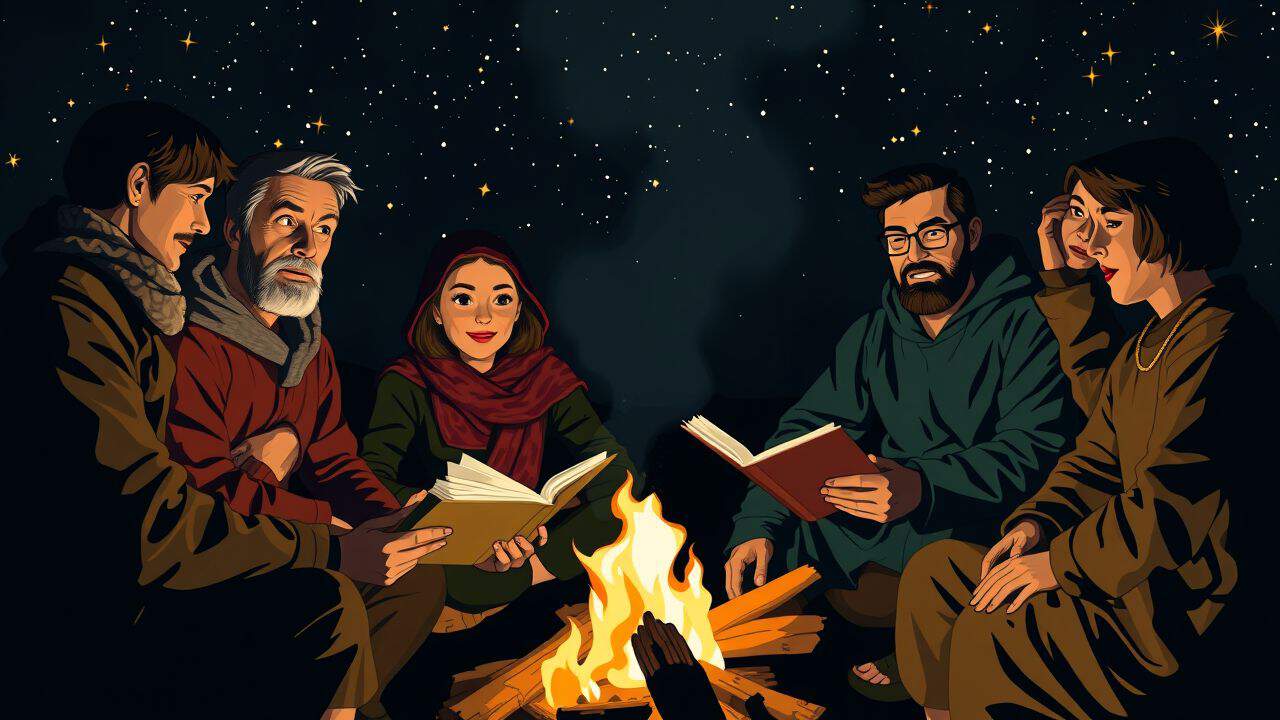
Robin Hood’s tale has roots deep in English history. It all started way back in 1379. That’s when a guy named William Langland first mentioned Robin in his poem “Piers Plowman.” But Robin wasn’t just a made-up character.
Many think he was based on real outlaws who lived between 1260 and 1300. This was during a time called the Second Barons’ War. It was a messy period when nobles fought against the king.
Folks back then loved stories about Robin Hood. They’d tell tales of his adventures around campfires and in taverns. Names like ‘Rabunhood’ and ‘Robbehod’ started popping up in the late 1200s.
These might’ve been nicknames for real outlaws or just characters in stories. Either way, Robin Hood became a symbol of standing up to unfair rulers. He was the hero who took from the rich and gave to the poor.
As John B. Friedman puts it in his 2012 book:
Robin Hood stood for the common man against oppression, a timeless theme that resonates even today.
Development of the Robin Hood Concept
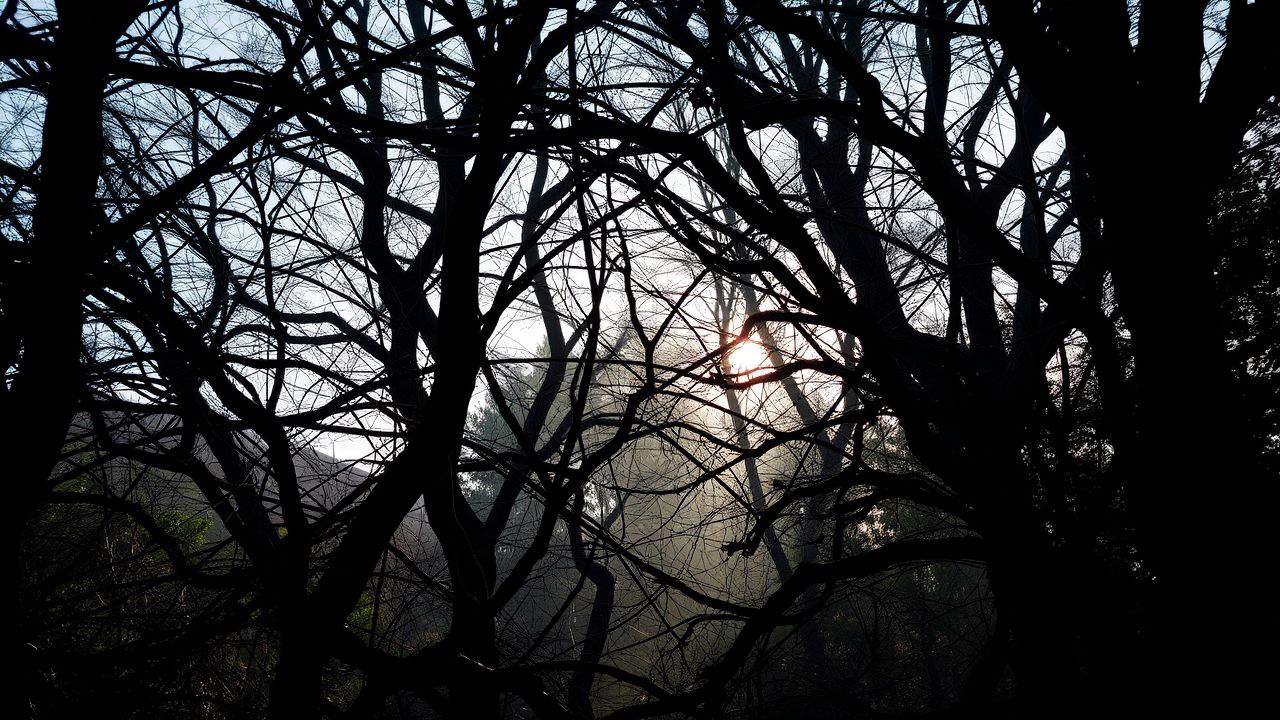
Building on the historical roots, the Robin Hood concept took on new life. Over time, it morphed from a real person into a larger-than-life hero. This shift didn’t happen overnight.
It was a slow burn, spanning centuries.
During the Tudor period, Robin Hood’s image got a major facelift. He went from being a violent outlaw to a noble hero. This change stuck. By the 19th century, Robin Hood fever was in full swing.
Howard Pyle’s illustrated works played a big part in this. They shaped how we see Robin Hood today. Scholars like J.C. Holt and Stephen Knight have dug deep into the Robin Hood story.
Their work has shed light on how this legend grew and changed over time.
Significant Figures and Events in Robin Hooding
Robin Hood’s tale has sparked countless stories and real-life copycats. From Friar Tuck to Little John, these characters have shaped our view of heroic outlaws.
The Myth of Robin Hood
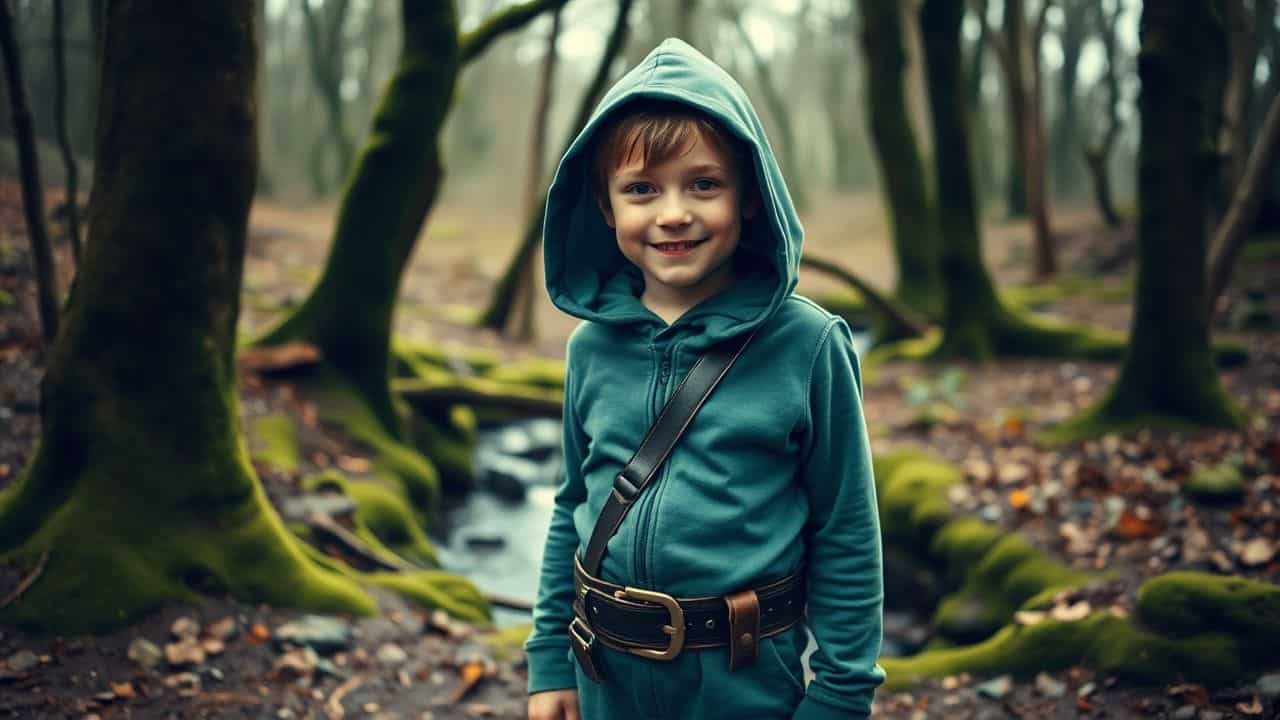
Robin Hood’s tale has captivated folks for centuries. This legendary outlaw, known for stealing from the rich to give to the poor, first popped up in English ballads around the 15th century.
“Robin Hood and the Monk” is one of the earliest stories about him. But get this – the first solid mention of Robin dates back to 1379 in a poem called “Visions of Piers Ploughman.”
Over time, Robin’s story changed to fit what people wanted to hear. In modern versions, he’s often pals with King Richard the Lionheart. That’s a far cry from the original tales! May Day games helped spread Robin’s fame, making him a household name.
It’s wild how a character from old stories can still grab our attention today. I dressed up as Robin for Halloween as a kid – green tights and all!
Real-life Inspirations for the Robin Hood Legend
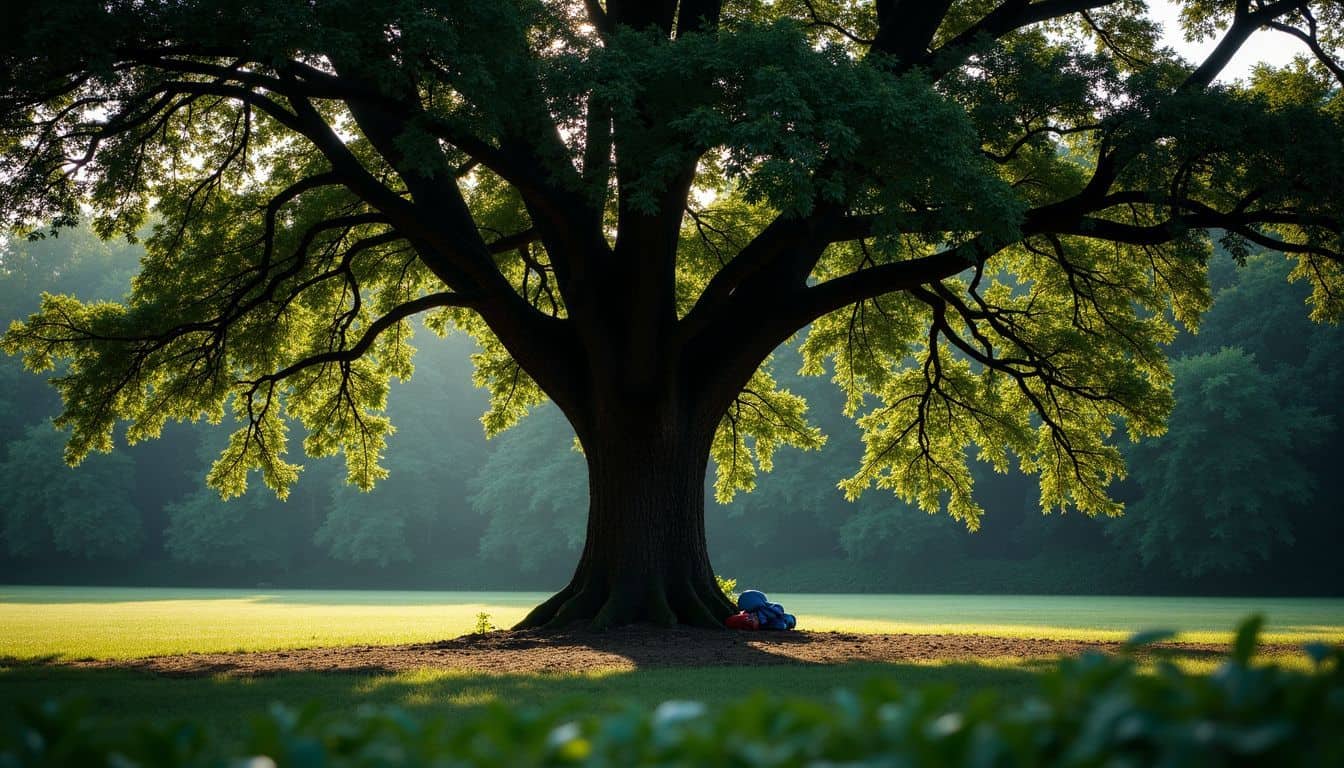
The Robin Hood legend may have roots in real people. Roger Godberd, an outlaw from the 1260s, fits the bill. He hid in forests, fought the law, and had a gang. Sound familiar? Another contender is Robert Hod.
Court records from 1225 mention him as a fugitive. These guys lived when folks think Robin Hood did – around 1260 to 1300.
I once dug into old English records. It’s wild how many “Rabunhood” and “Robbehod” names pop up in the late 1200s. Makes you wonder, right? Were these real Robin Hoods or just fans? Either way, it shows the tale was alive back then.
The oldest written mention is from 1379 in “Visions of Piers Ploughman.” But the story? That’s been around way longer.
Robin Hooding’s Influence on Culture
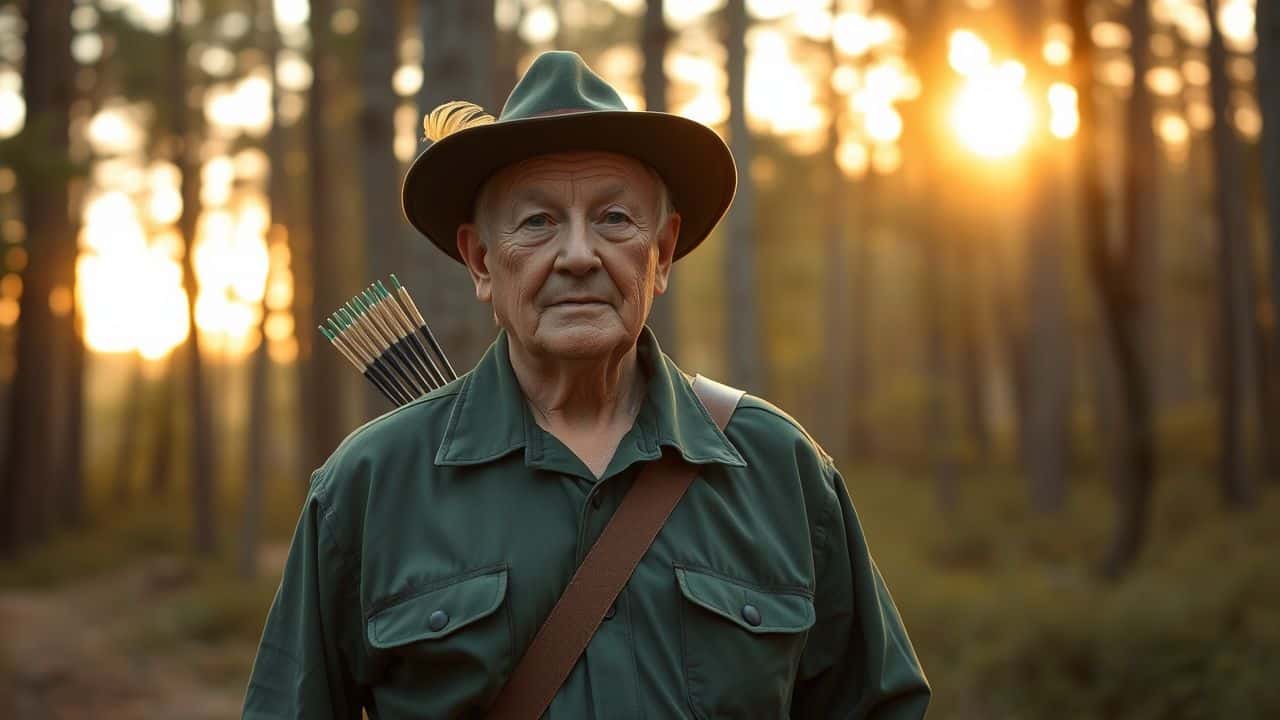
Robin Hood’s tale has shaped our pop culture big time. From books to movies, his story of robbing the rich to help the poor still grabs us.
Its Role in Literature and Folklore
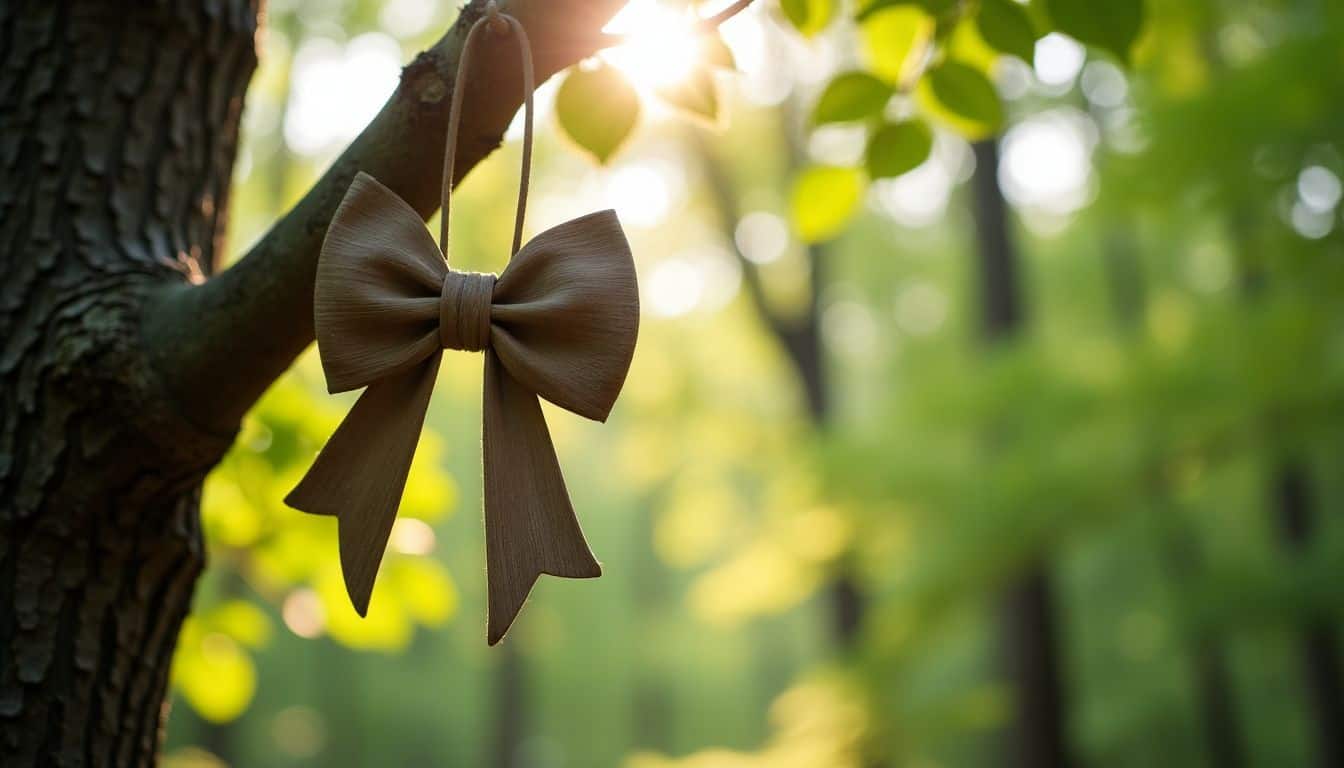
Robin Hood tales have been a big part of books and stories for ages. They first showed up in old poems from the 1300s. One famous poem, “Piers Plowman,” was the first to clearly talk about Robin Hood.
These stories became super popular and were told at May Day parties. People loved hearing about the outlaw who stole from the rich to help the poor.
Over time, Robin Hood stories changed a lot. In the 1800s, folks started writing Robin Hood books for kids. This really shaped how we think of Robin Hood today. Now, we see him as a good guy who fights for what’s right.
Movies, TV shows, and books keep telling new versions of his story. It’s cool how one old tale can still grab our attention after all this time.
Robin Hood is the first great exemplar in English literature of social justice.
Impact on Modern Media and Society

Moving from books to screens, Robin Hood’s impact on modern media is huge. TV shows, movies, and video games keep his legend alive. They twist the old tale to fit today’s world. These new versions often tackle big issues like wealth gaps and social justice.
They make us think about fairness in our own lives.
Robin Hood’s story has become a go-to for talking about tough topics. It’s a way to explore complex ideas through a familiar hero. Social media buzzes with Robin Hood memes and jokes about “robbing the rich.” The character pops up in ads, political speeches, and even business strategies.
His influence reaches far beyond just entertainment. It shapes how we view heroes, villains, and the fight for what’s right in our society.
Robin Hooding as a Form of Social Advocacy

Robin Hooding isn’t just a tale – it’s alive and kicking today. Folks are still fighting the good fight, taking from the fat cats and helping out the little guys… just like our green-clad hero did way back when.
Historical Instances of Robin Hooding
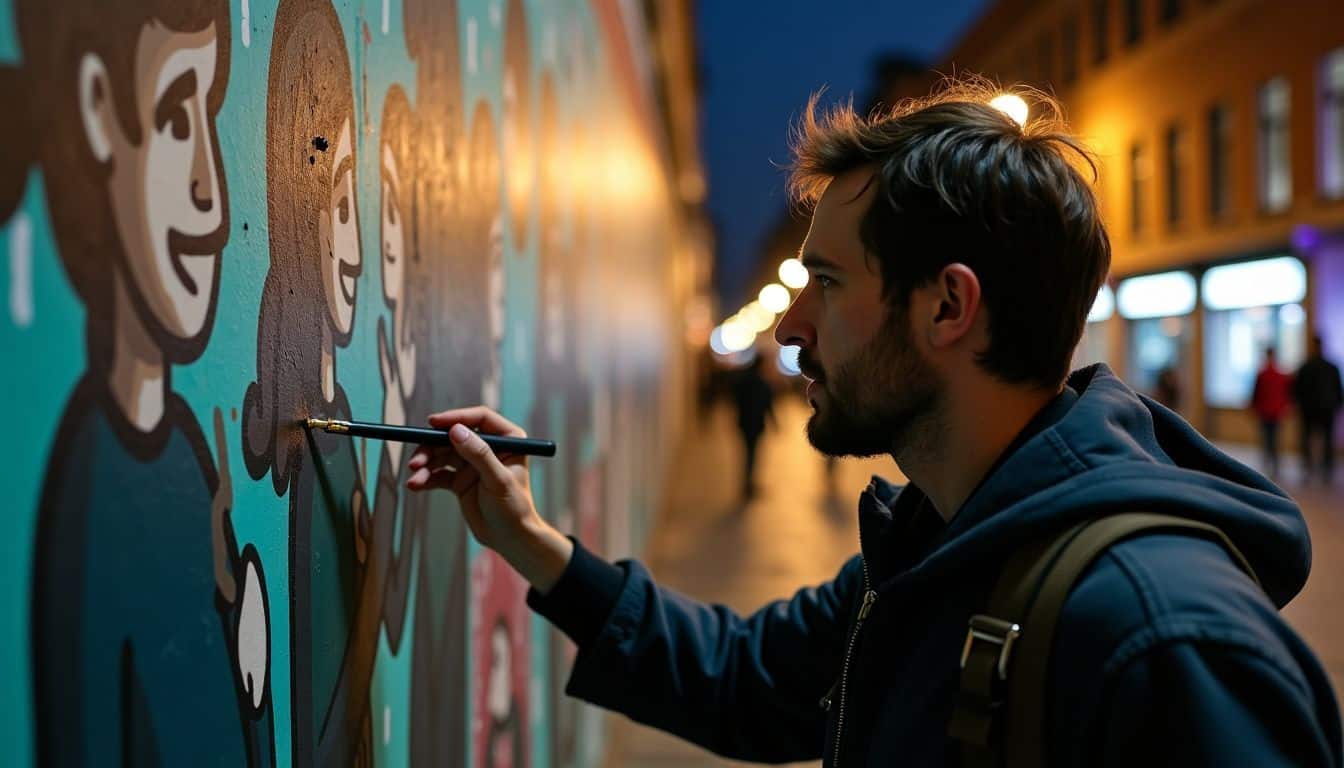
Robin Hooding has deep roots in history. Let’s look at some real-life examples of this daring act.
- The Peasants’ Revolt of 1381: English rebels, led by Wat Tyler, stormed London. They aimed to end unfair taxes and give more rights to common folks. This uprising echoed Robin Hood’s spirit of fighting for the poor.
- The Green Feather Movement (1940s): During World War II, some British soldiers wore green feathers. It was a nod to Robin Hood and a sign they’d help locals in need. They’d share food and supplies with struggling families.
- The Great Train Robbery (1963): A gang stole £2.6 million from a Royal Mail train in England. While not giving to the poor, their bold heist captured public imagination like Robin Hood tales.
- Jubal Brown (1990s): This Canadian artist vandalized famous paintings. He claimed he did it to challenge the art world’s elitism. His acts sparked debates about art access and cultural gatekeeping.
- The Robin Hood Army (2014-present): This volunteer group in India takes surplus food from restaurants. They then give it to those in need. It’s a modern take on Robin Hood’s “steal from the rich, feed the poor” motto.
These examples show how Robin Hooding has shaped social movements over time. Now, let’s explore how this concept plays out in today’s world.
Robin Hooding in Today’s World
Robin Hooding lives on in our modern world. Folks still try to even the score between the haves and have-nots. Some use tech to pull off digital casino heists, aiming to spread the wealth.
Others push for fairer tax laws or start grassroots movements. The Pew Research Center shows the gap between rich and poor keeps growing. This fuels the Robin Hood spirit in many. People want change, and they’re getting creative about it.
Today’s Robin Hoods come in all shapes and sizes. They might be hackers, activists, or even politicians. Some fight for affordable housing or better wages. Others take on big corps or unfair systems.
It’s not just about stealing from the rich anymore. It’s about making the system work for everyone. The next part will dive into the tricky stuff – is modern Robin Hooding right or wrong?
The Legality and Morality of Robin Hooding

Robin Hooding stirs up a legal and moral storm. It’s a tug-of-war between helping the poor and breaking the law.
Legal Perspectives on Robin Hood Actions
Legal views on Robin Hood-style actions are tricky. Most laws say taking stuff that isn’t yours is wrong – no ifs, ands, or buts. It doesn’t matter if you’re giving the loot to folks who need it more.
The law focuses on the act itself, not why you did it. This makes Robin Hood’s famous “steal from the rich, give to the poor” motto a big no-no in today’s courts.
But here’s where it gets fuzzy. Some folks argue that if the rich got their wealth through shady means, taking it back might be okay. It’s like evening the score, they say. Others think Robin Hood actions could be a form of civil disobedience – a way to protest unfair systems.
Still, most judges wouldn’t buy these arguments. They’d likely see it as plain old theft, good intentions or not.
The road to hell is paved with good intentions.
Ethical Discussions Around Robin Hooding
Robin Hood’s actions spark heated debates. Is it okay to steal from the rich to help the poor? Some folks say it’s wrong to take what’s not yours, no matter what. Others think it’s fine if it helps those in need.
It’s a tricky issue with no easy answers. Our views on this often depend on our own life experiences and beliefs.
I once chatted with a group of friends about this. We couldn’t agree! One guy said Robin Hood was a hero. Another called him a thief. It got me thinking… What if someone stole my stuff to give to others? Would I be mad or understanding? It’s not black and white.
The Robin Hood story makes us face tough questions about right and wrong, fairness, and helping others.
People Also Ask
Who was Robin Hood, and why is he still famous today?
Robin Hood, or Robyn Hode, was a legendary outlaw who stole from the rich to give to the poor. He’s still a big deal because his story speaks to our love of underdogs. From Ivanhoe to Robin Hood: Men in Tights, this archer’s tale has stood the test of time.
How does the Robin Hood myth relate to modern economic ideas?
The Robin Hood story is like a medieval version of income redistribution. Today, we see similar ideas in Keynesian economics and fiscal policies. It’s all about balancing the scales between the haves and have-nots.
What’s the connection between Robin Hood and modern wealth inequality?
Robin Hood fought against unfair taxation. Today, we’re still wrestling with wealth inequality in the U.S. Some folks think tweaking income tax rates could help, just like Robin’s forest shenanigans.
How do Robin Hood’s actions compare to government interventions today?
Robin’s merry men were like a medieval version of government spending. Today, we use budget surpluses and deficit spending to tackle economic cycles. It’s less about stealing and more about smart money moves.
What can Robin Hood teach us about distributive justice?
Robin Hood was all about fairness. Today, we’re still figuring out how to create equal opportunities. It’s not just about robbing the rich; it’s about building a system that works for everyone.
How has the Robin Hood story evolved from ballads to modern interpretations?
Robin started in medieval ballads like “A Gest of Robyn Hode.” Now, he’s everywhere – movies, books, even as a name for a trading app! The core idea of fighting for the little guy remains, whether it’s in Sherwood Forest or Wall Street.
References
https://www.academia.edu/6274298/Robin_Hood_and_the_Social_Context_of_Late_Medieval_Archery
https://d.lib.rochester.edu/robin-hood/text/chandler-robin-hood-development-of-a-popular-hero
https://www.oxfordbibliographies.com/abstract/document/obo-9780195396584/obo-9780195396584-0031.xml
https://en.wikipedia.org/wiki/Robin_Hood
https://medievalhistory.info/robin-hood-part-4-the-real-robin-hood/
https://www.history.com/topics/european-history/robin-hood
https://core.ac.uk/download/pdf/56326413.pdf
https://fisherpub.sjf.edu/nepca/conference/2012/53/
https://theglenecho.com/2021/05/25/hero-or-thief-evaluating-the-morality-of-robin-hoods-actions/ (2021-05-25)
https://philosophy.stackexchange.com/questions/65942/was-robin-hoods-point-of-view-ethically-sound
